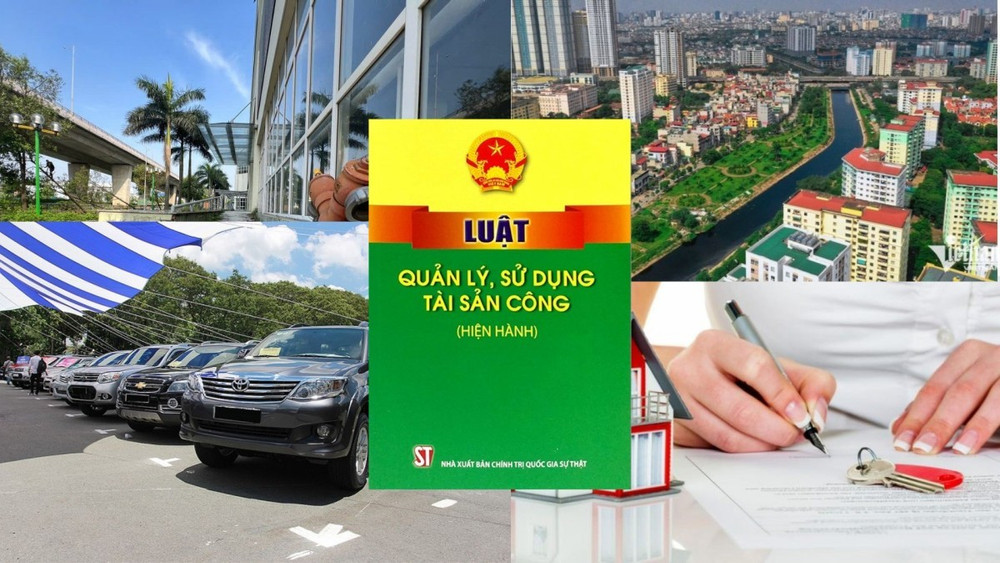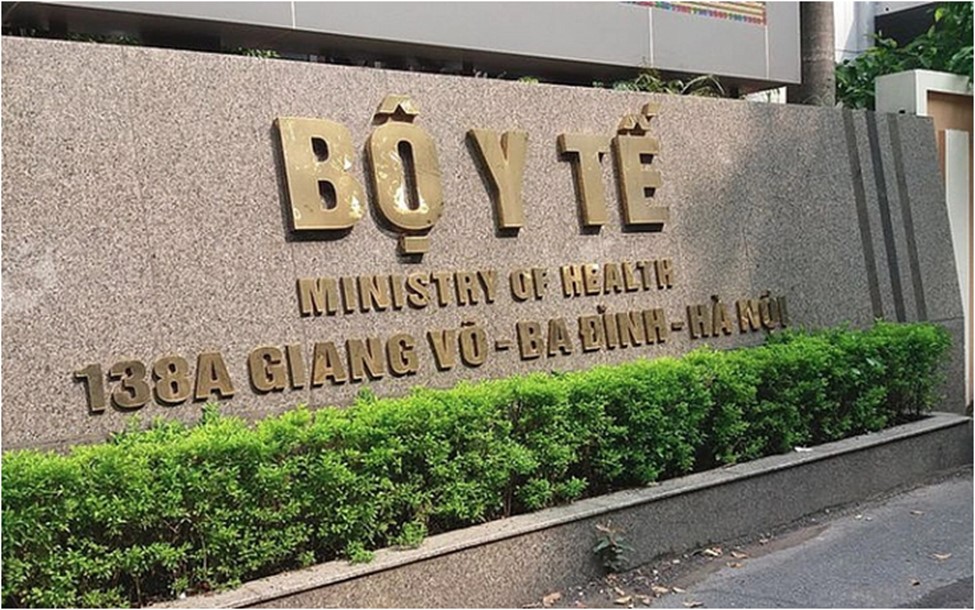Vietnam: The fishing port system capable of 2.98 million tons of seafood/year by 2030
The goal of the fishing port system capable of 2.98 million tons of seafood/year by 2030 has just been issued by the Government of Vietnam.

Vietnam: The fishing port system capable of 2.98 million tons of seafood/year by 2030 (Internet image)
On July 03, 2024, Hanoi issued Decision 582/QD-TTg approving the Planning for the fishing port system, anchoring areas avoiding storms for fishing vessels for the period 2021 - 2030, with a vision to 2050.
Vietnam: The fishing port system capable of 2.98 million tons of seafood/year by 2030
In Decision 582/QD-TTg, the general objective set by 2030 is as follows:
To plan the fishing port system and anchoring areas for fishing vessels to complete and modernize the fisheries infrastructure, meet the logistics service needs of the fishing industry, ensure food safety and hygiene, reduce post-harvest losses, ensure the safety of fishing vessels and fishermen, and promote socio-economic development; enhance the efficiency of fisheries management, increase international integration; adapt to climate change, protect the environment, marine ecosystems and contribute to ensuring national defense and security.
From the general objective, Decision 582/QD-TTg outlined specific goals. The planning of the fishing port system and anchoring areas to avoid storms for fishing vessels for the period 2021 - 2030 includes the following contents:
- Complete and effectively put into operation the fishing port system and anchoring areas to avoid storms for fishing vessels nationwide into an interconnected, interregional, industrialized, and modernized system to meet the needs of mooring, logistics services of the fishing industry and to develop towards integration, increasing exploitation and usage value with some indicators as follows:
+ The fishing port system ensures the throughput of 2.98 million tons of seafood/year (including 100% of the extracted seafood production and part of the marine aquaculture production); ensure the implementation of fisheries management, meet the requirements of traceability of extracted seafood, and prevent illegal fishing activities.
+ The storm-avoiding anchoring area system for fishing vessels ensures a capacity for over 83,600 fishing vessels to safely moor and avoid storms.
+ 100% of fishing ports and storm-avoiding anchoring areas for fishing vessels are assigned land and water use in accordance with the provisions of Article 78, Article 84 of the Law on Fisheries 2017 of Vietnam.
- Form important domestic and international trade hubs as a driving force for the development of fisheries industrial zones, coastal economic zones, large fishing centers associated with key fishing grounds; create attraction and impetus for the fisheries sector to develop efficiently and sustainably.
- Improve infrastructure, enhance the capacity to perform services at fishing ports, adequately meet the logistics needs of the fishing industry, ensure food safety and hygiene, meet the nutritional and food needs of the people, integrate the development of the economy, tourism, culture, society, environmental hygiene, build new rural areas and national defense and security where appropriate. Specifically:
+ All fishing ports of type I belonging to large fishing centers are built with complete and modern infrastructure, with synchronous and modern cargo handling lines, 100% mechanized.
+ All fishing ports of type I are built with complete and modern infrastructure, with synchronous cargo handling lines, 90% mechanized.
+ All fishing ports of type II are built with synchronous infrastructure, the main cargo handling equipment being 70% mechanized.
- Consolidate and enhance the management capacity of the fishing port system and the storm-avoiding anchoring areas for fishing vessels from central to local levels, meeting the requirements for managing the exploitation of fisheries at fishing ports, monitoring the seafood output unloaded at ports, traceability of seafood, and combating illegal exploitation. Apply digital governance methods at all type I fishing ports.
In the period 2021 - 2025, focus on completing the infrastructure of type I fishing ports in 5 large fishing centers, type I fishing ports, and regional storm-avoiding anchoring areas for fishing vessels transferred from the previous planning period, which are where a large number of fishing vessels frequently moor; fishing port projects and storm-avoiding anchoring areas for fishing vessels on island routes, economic projects combined with national defense and security.
Thus, the above planning content has set the goal of ensuring a throughput of 2.98 million tons of seafood/year (including 100% of the extracted seafood production and part of the marine aquaculture production). With the objectives of planning fishing ports and storm-avoiding anchoring areas for fishing vessels outlined above, it has contributed to the development of the fishing and aquaculture industry in our country, helping fishermen feel secure at sea and develop their economy.
Le Nguyen Anh Hao
- Key word:
- fishing port
- Vietnam
- Number of deputy directors of departments in Vietnam in accordance with Decree 45/2025/ND-CP
- Cases ineligible for pardon in Vietnam in 2025
- Decree 50/2025 amending Decree 151/2017 on the management of public assets in Vietnam
- Circular 07/2025 amending Circular 02/2022 on the Law on Environmental Protection in Vietnam
- Adjustment to the organizational structure of the Ministry of Health of Vietnam: Certain agencies are no longer listed in the organizational structure
- Vietnam aims to welcome 22-23 million international tourists in Vietnam in 2025
-

- Number of deputy directors of departments in Vietnam ...
- 15:04, 05/03/2025
-

- Cases ineligible for pardon in Vietnam in 2025
- 14:43, 05/03/2025
-

- Decree 50/2025 amending Decree 151/2017 on the ...
- 12:00, 05/03/2025
-

- Circular 07/2025 amending Circular 02/2022 on ...
- 11:30, 05/03/2025
-

- Adjustment to the organizational structure of ...
- 10:34, 05/03/2025
-

- Notable new policies of Vietnam effective as of ...
- 16:26, 11/04/2025
-
.Medium.png)
- Notable documents of Vietnam in the previous week ...
- 16:21, 11/04/2025
-
.Medium.png)
- Notable documents of Vietnam in the previous week ...
- 16:11, 02/04/2025
-
.Medium.png)
- Notable new policies of Vietnam to be effective ...
- 16:04, 02/04/2025
-
.Medium.png)
- Notable new policies of Vietnam effective from ...
- 14:51, 21/03/2025
 Article table of contents
Article table of contents
